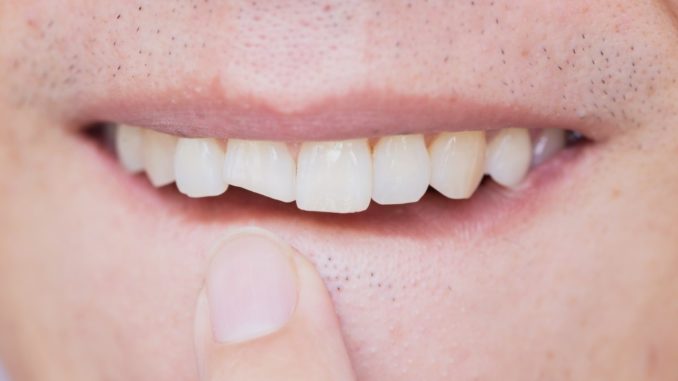
Cracked and damaged teeth are the leading causes of tooth loss. The cracks are due to pressure from the grinding, biting or chewing hard food like ice and nuts and even from traumatic blows to the mouth. They are also common in people above fifty years of age and those with extensive dental fillings. These fillings can weaken the overall dental structure.
Before your family dentist in Scottsdale starts treating your dental issues, they will need to check the state of your dental health and consider the right treatment for you. They need to see what kind of cracks or damage you have in your teeth so that they will know the severity too. Here are the classifications of dental cracks.
Craze Lines
These are tiny cracks that only affect your dental enamel. They are common in adults and attributed to blunt trauma and recurrent functional forces like those in bruxism. Craze lines generally have no symptoms since they do not affect the inner structures of your teeth. Their treatment is often aesthetic. Veneers, bonding, and crowns are the treatment options for craze lines. Prevention of excessive trauma and bruxism minimizes the risk of developing craze lines.
Fractured Cusp
The cusps are the pointed part of your teeth’s chewing surface. Their weakening generally results in a fractured cusp. Fractured cusps rarely damage your dental pulp and so do not require root canal treatment. The treatment of choice for fractured cusps is the installation of a full crown to cover your tooth and restore its functionality if the fractured cusp has broken off. Onlays can also be used to avert the further cracking of the tooth.
Cracked Tooth
This is defined as an incomplete fracture that extends downwards from your dental crown but does not affect your gums. This crack might extend through either proximal surfaces of your tooth or one marginal ridge. Excessive occlusal forces often cause cracked teeth. They are also common in teeth that have been weakened by repeat dental procedures. Dental staining, ‘’wedging’’ and transillumination are used to assess the extent of a cracked tooth. A root canal treatment and a crown can save a cracked tooth and restore its functionality. Excessively cracked teeth should, however, be extracted and the gap filled with an implant or bridge.
Split Tooth
This is often a result of an untreated cracked tooth. A split tooth has a crack with sections that can be separated. This tooth, in most cases, is unsalvageable and must be extracted. A root canal is, however, performed in rare cases to save a split tooth.
Vertical Root Fracture

This is a crack that starts at your tooth roots then extends towards the chewing surface. Vertical root fractures have few signs and might go unnoticed for a long time. They are usually discovered when their surrounding gum line becomes infected. Extraction, then the placement of a bridge or implant, is often the best treatment for a vertical root fracture.
Some of the above cracks can only be diagnosed during routine dental visits. Without treatment, most of them cause a dental abscess. Always see your dentist at least twice a year to make sure your dental health is on top.
